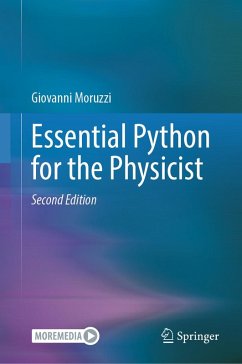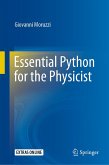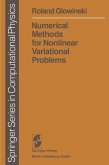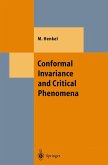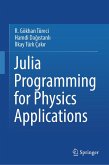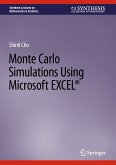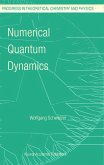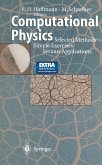The underlying mathematical principles are thoroughly discussed and the available Python tools for solving these equations are presented. A further chapter is dedicated to the numerical solution of ordinary differential equations (ODEs). This is of vital importance for the physicist, since differential equations are at the base of both classical physics (Newton's equations) and quantum mechanics (Schroedinger's equation). The shooting method for the numerical solution of ordinary differential equations with boundary conditions is also presented. Python programs for the solution of two quantum-mechanics problems are discussed as examples. Two chapters are dedicated to Tkinter graphics, which gives the user more freedom than Matplotlib, and to Tkinter animation. A special chapter is dedicated to computer animation involving differential equations, with a discussion of the effect of the accumulation of truncation errors, particularly relevant for such fields as molecular dynamics or celestial mechanics, which often require integrating Newton's equations over a very long time starting from some initial conditions. Symplectic algorithms for tackling this problem are introduced. Programs displaying the animation of physical problems involving the solution of ordinary differential equations (for which in most cases there is no algebraic solution) in real time are presented and discussed. Finally, 3D animation is presented with Vpython.
Dieser Download kann aus rechtlichen Gründen nur mit Rechnungsadresse in A, B, BG, CY, CZ, D, DK, EW, E, FIN, F, GR, HR, H, IRL, I, LT, L, LR, M, NL, PL, P, R, S, SLO, SK ausgeliefert werden.

